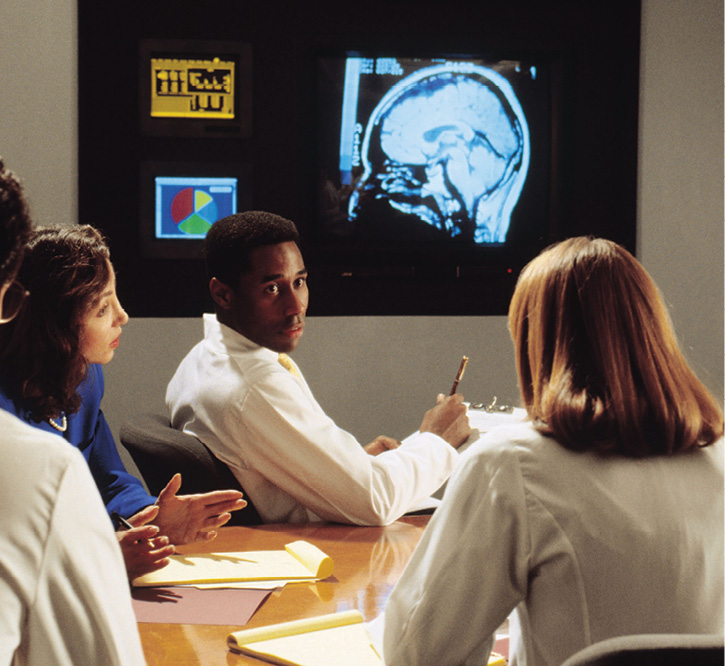Diversity in RadiologyStarts at the Top
Radiology leaders are investing in critical initiatives
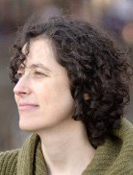
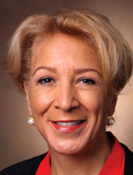
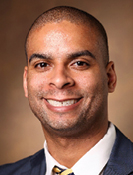
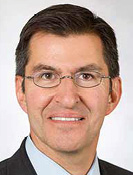
Editor’s Note: This is the second in a series of articles on diversity and inclusion in radiology.
Championing diversity and seeking ways to institute inclusion can be encouraged from within any level of an organization. However, according to advocates who are working to improve diversity in radiology, the best way to change the culture and ethics of an entire organization is for the directives to come from top leadership, backed by the necessary resources and investments needed to foster change.
Many departments of radiology are doing both: embracing over-arching university or health system initiatives on diversity and inclusion as well as identifying specific needs within its own division.
Closing the Gender Gap
In 2005, faculty at Memorial Sloan Kettering (MSK) Cancer Center in New York City identified several issues impacting the growth and development of the female faculty. Laura Liberman, MD, a radiologist specializing in breast imaging at MSK, was asked to lead the new Program for Women Faculty Affairs. She and her team were charged with creating a baseline of where the institution was regarding diversity — particularly gender diversity within faculty levels.
“Early in the course of leading the Program for Women Faculty Affairs, we found that there was a higher representation of women in the junior faculty compared to in the senior faculty in all specialties, not just radiology,” Dr. Liberman said. “We worked to create programs for junior faculty that would benefit female faculty and their male colleagues as well.”
These initiatives were so successful that they served as a model for future growth. In 2012, the Office of Faculty Development (OFD) was created within the Office of the President. Dr. Liberman is now the director of the OFD, and the Program for Women Faculty Affairs exists under the OFD umbrella.
The OFD is responsible for developing initiatives for faculty at all levels, as well as expanding the pipeline for future physicians and scientists through student programs. The OFD has seen tremendous gains in representation of women on the faculty of MSK. Women now comprise 46 percent of all MSK hospital faculty, an increase from 37 percent in 2005 and higher than the 40 percent representation of women in the clinical sciences reported in the most recent Association of American Medical Colleges (AAMC) data, showing that women comprise 29 percent of academic radiology faculty.
“We also collaborate with the MSK Office of Diversity Programs to enhance career development of faculty from backgrounds under-represented in medicine," Dr. Liberman said, noting that diversity among physicians fosters different perspectives, enhancing research and clinical care. "The fact that our initiative came from the Office of the President at MSK helps us gain traction. This is not just talk for us. It is how we see the future of our workforce.”
Identifying and Eliminating Bias
Vanderbilt University Medical Center in Nashville, TN, also has support from top leadership for its diversity initiatives. The School of Medicine’s Office for Diversity Affairs supports the radiology department’s Office of Diversity, Equity and Inclusion.
The Office of Diversity, Equity and Inclusion has made significant inroads in improving diversity among radiology house staff (residents) with its multi-faceted approach that includes taking advantage of many of Vanderbilt’s larger diversity initiatives.
“The primary aims of the radiology department’s Office of Diversity, Equity and Inclusion are to recruit talented, underrepresented minorities to our residency program, by diversifying our applicant pool. This initiative was designed to develop and maintain a culturally and demographically diverse group of residents. This effort is supported by faculty and resident training on cultural proficiency and unconscious bias,” said Stephanie Spottswood, MD, professor of radiology and associate vice chair for Diversity, Equity and Inclusion at Vanderbilt.
To that effect, Vanderbilt University Medical Center has undertaken an initiative to acknowledge and help mitigate bias in recruitment decisions and during patient care. A staff-led group trained in the principles of unconscious bias has begun to provide training for more than 20,000 Vanderbilt employees.
In addition, radiology faculty enrichment programs educate and support both new and current faculty: An annual Diversity Grand Rounds lectureship recognizes the research and clinical achievements of nationally renowned, underrepresented minority physicians within radiology. The radiology department’s Leadership Intervention to Further the Training of Female Faculty (LIFT OFF) program was designed to improve access to opportunities for women’s faculty development and advancement and improve clarification of expectations about the role and path of advancement.
Eleby R. Washington IV, MD, a radiology resident at Vanderbilt who serves as the resident liaison to the Office of Diversity, Equity and Inclusion, has a unique vision for his career path in radiology.
“I was drawn to radiology because it is a technologically driven field with the possibility of profound and immediate impact on patient care,” Dr. Washington said. “I recognized the lack of diversity, but that did not negatively affect my decision to select radiology. To the contrary, I personally saw it as an opportunity to contribute to and positively help effect change in my desired field.”
Vanderbilt’s efforts are having an impact. The radiology program has increased its applicant pool of minority students from 7.5 percent to 13.5 percent over the four years since the Office of Diversity, Equity and Inclusion was founded. Currently, 19 percent of its diagnostic radiology residents are women and 13 percent are from groups considered to be underrepresented in medicine.
“As an academic medical center, it’s important that we recruit and retain a diverse group of faculty and trainees,” Dr. Spottswood said. “Diversity and inclusion improve problem-solving, enrich the learning environment and ensure that we have adequate representation in medicine, which in turn helps alleviate the barriers to healthcare facing underserved populations.”
Campus-Wide Diversity Goals
At the University of California, San Diego (UCSD), Alexander Norbash, MD, professor and chair of the Department of Radiology who also serves as the associate vice chancellor of equity, diversity and inclusion, agrees with the ultimate end-goals of diversity initiatives.
“At UCSD, our charge is to prepare students to succeed in a diverse and complex society,” Dr. Norbash said. “Newer generations of medical students expect diversity and inclusion in their departments and expect to be mindful of diversity issues. They expect to work in an environment of civility and respect where they also will treat patients with civility and respect. We can’t draw students to medicine without showing strong and directed efforts in ensuring professionalism and managing diversity.”
Throughout his career, Dr. Norbash has seen how the potential richness of learning from those who are different can be stymied by common misconceptions.
To that end, the department of radiology at UCSD has launched a diversity committee that is actively engaged in this space. It supports the initiatives from the UCSD’s Office of the Vice Chancellor for Diversity, which is developing a campus wide strategic plan for inclusive excellence.
The department Residency Selection Committee actively looks at gender equity to ensure that the short list is representative of all applicants. The department also initiated a wellness program that is charged with addressing issues like bullying and burnout.
“Any department of radiology diversity programs are intended to be complementary with the larger university initiatives,” Dr. Norbash said. “This ensures that we foster a teaching, research and learning environment that strengthens our ties as radiologists by being inclusive and equitable to faculty and students, while leveraging what we are learning in all areas of the university."
Strong Leaders Needed
While the approaches to help engage women and minorities in radiology are different across institutions, there are similarities when it comes to the type of leadership traits needed to drive this change, either at the university or department level.
Leaders need to remember that everyone has a role to play in this space, so paying attention to the potential of the people already working with the initiative and those that still need to be recruited, is important, according to Dr. Norbash.
“Establishing the need and the credibility of diversity initiatives is mission-critical,” he said. “The world is changing in an accelerated manner. We must address the broadest range of talent in order to identify and mobilize the strongest and most creative possible future workforce.”
Dr. Washington adds that leaders must have empathy.
“Even if you have had significantly different life experiences than others, leaders need to be able to build a sense of community without stagnation,” Dr. Washington said. “Championing new ideas, building on past successes and continually moving forward, while bringing the entire team along, are paramount to success in building diversity and inclusion.”
Dr. Spottswood agrees that the responsibility rests with leadership.
“All leaders must be innovative, have a clear vision and the courage to take risks,” she said. “For the specific task of creating a diverse and inclusive environment, leaders must make an intentional commitment to the goal.”

